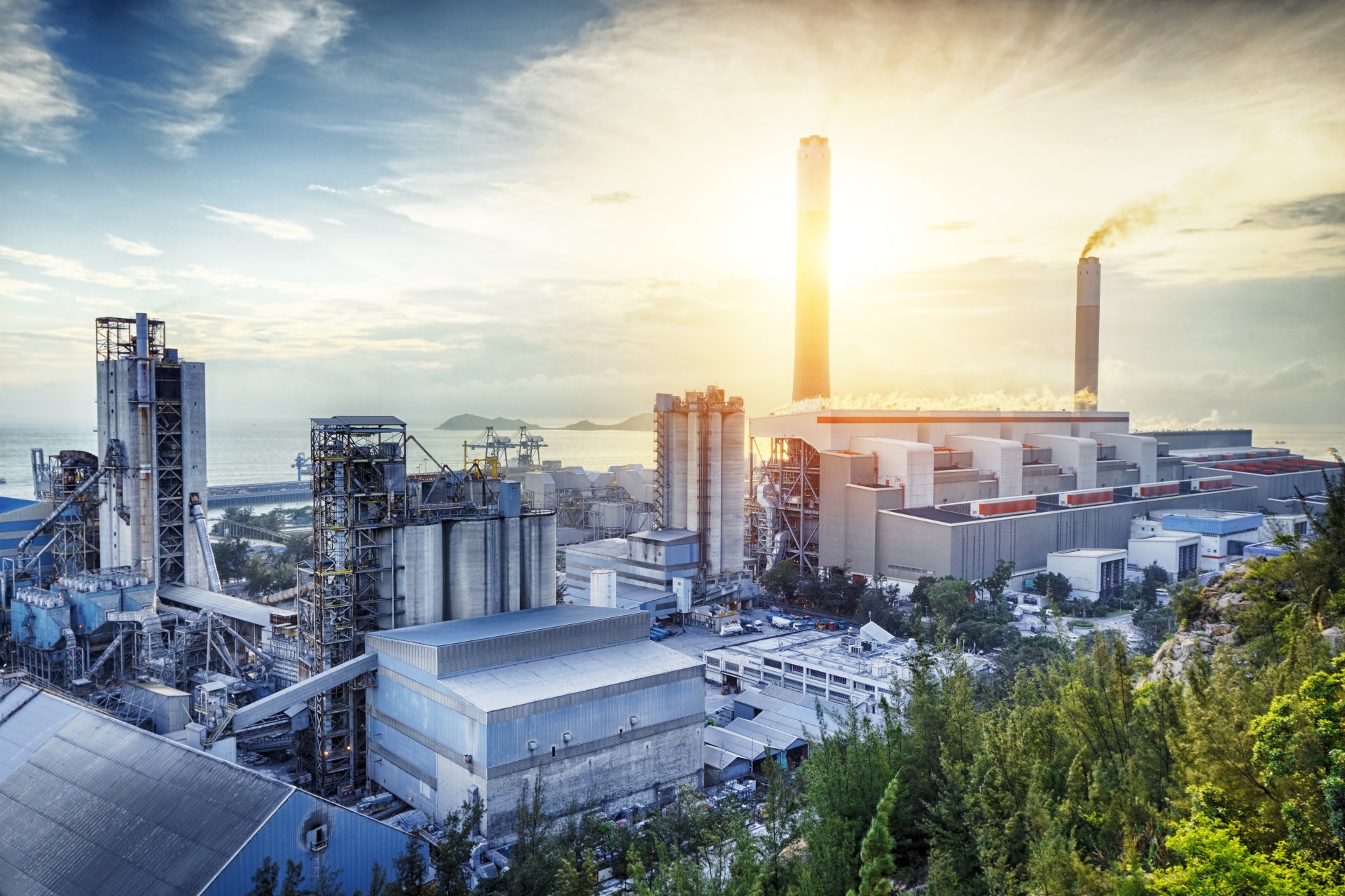
Environmental due diligence
Environmental due diligence (EDD), i.e. the so called ecological audit of industrial companies, administrative buildings or undeveloped land plots intended for further developments is an important element of making decisions about new property acquisitions.
The purpose of EDD is a comprehensive evaluation of given property regarding possible environmental risks. The audit provides the client with an assessment of whether the property complies with the applicable environmental laws, as well as a calculation of the possible risks and costs associated with remedial measures. Typical clients requesting EDD services include individual industrial companies and business chains, as well as important developers and companies providing facility management services.
As there is no specific EDD methodology in place in the Czech Republic and as majority of acquisitions involve foreign investments, most consulting companies provide EDD services according to the ASTM E1527-21 Standard issued by the American Society for Testing and Materials (ASTM). This approach ensures easy orientation and fulfilment of foreign investors’ expectations.
Environmental due diligence is performed in two phases according to the ASTM methodology.
The Phase I includes the evaluation of the site to identify the potential or existing environmental contamination liabilities of the site to assess whether it is in compliance with legislative requirements. The current state of the site and all activities taking place are assessed during a site visit and following desk study of materials, records, maps, and data. Based on the available information, the following points are assessed:
- historical use of the site with emphasis on uncovering old ecological burdens;
- environmental impacts of current activities (waste handling, use and storage of chemicals, technological operations, heating and cooling, etc.);
- review of all available documentation (public registers and databases, documentation at the site);
- particular consideration is paid to the assessment of waste, wastewater and handling of hazardous substances, as well as the amount of airborne emissions produced.
The guiding principle behind this approach consists in an attempt to establish links between a hazardous source and a potential receptor via an exposure pathway. Risk assessment is the process of collating known information on a hazard or set of hazards in order to estimate actual or potential risks to receptors. Receptors may be humans, water resources, a sensitive local ecosystem or future construction materials. Receptors can be connected with the hazard via one or several exposure pathways (e.g. direct contact). Risks are generally managed by isolating or removing the hazard, isolating the receptor or by intercepting the exposure pathway. Without the three essential components of source (hazard), pathway and receptor, there can be no risk. Thus, the mere presence of a hazard at a site does not mean that there will necessarily be attendant risks.
The Phase II is carried out in the case that the first stage defines the necessity of further specialised research for the purpose of making a qualified decision about the environmental state of the site. The most frequently performed activities duringthe second stage are research of asbestos occurrence and taking samples (e.g. soil, groundwater or building materials) to analyse for quantitative values of various contaminants – the most frequent contaminant being petroleum products (hydrocarbons) or PCBs fromthe operation of old facilities and equipment, such as transformers and the like.Performing environmental due diligence should be a standard step during acquisitions of properties, as it can significantly contribute to the decision-making process as a whole and reduce the costs of future remedial measures. The most important approach is to have EDD done by a high-quality company that knows the local conditions and all related circumstances.

